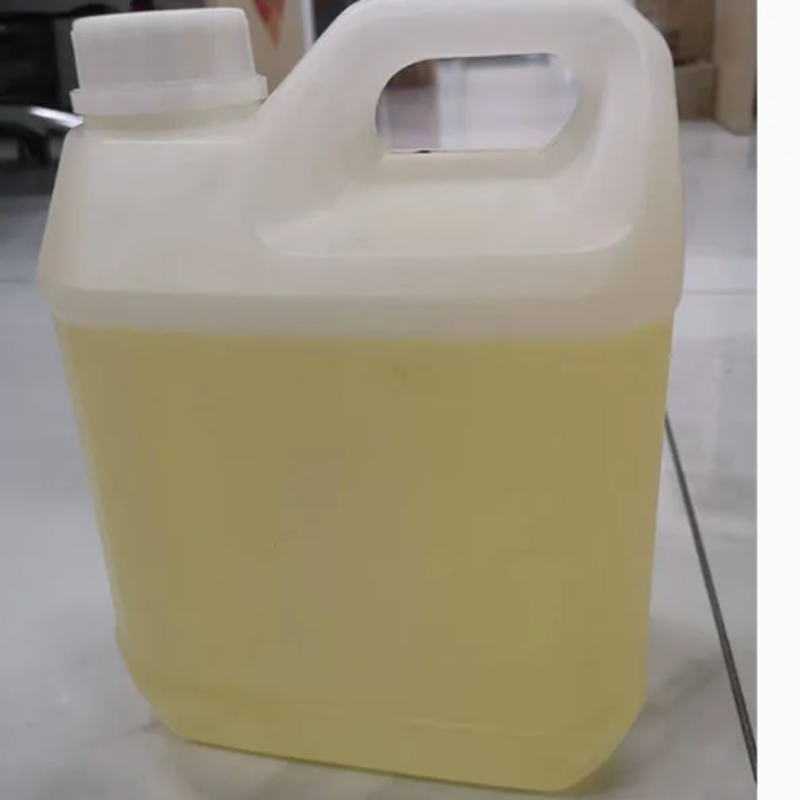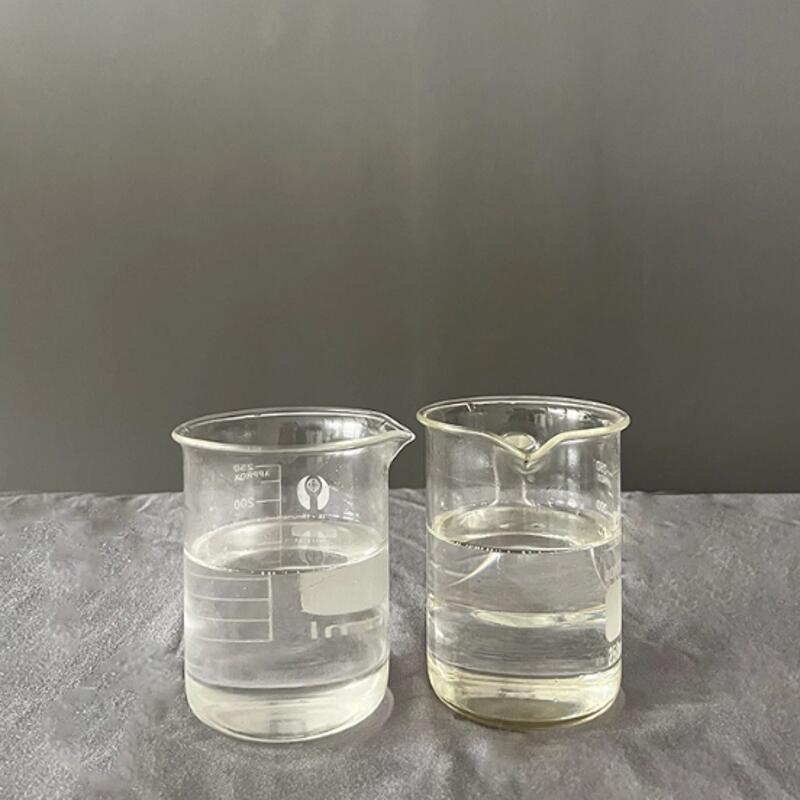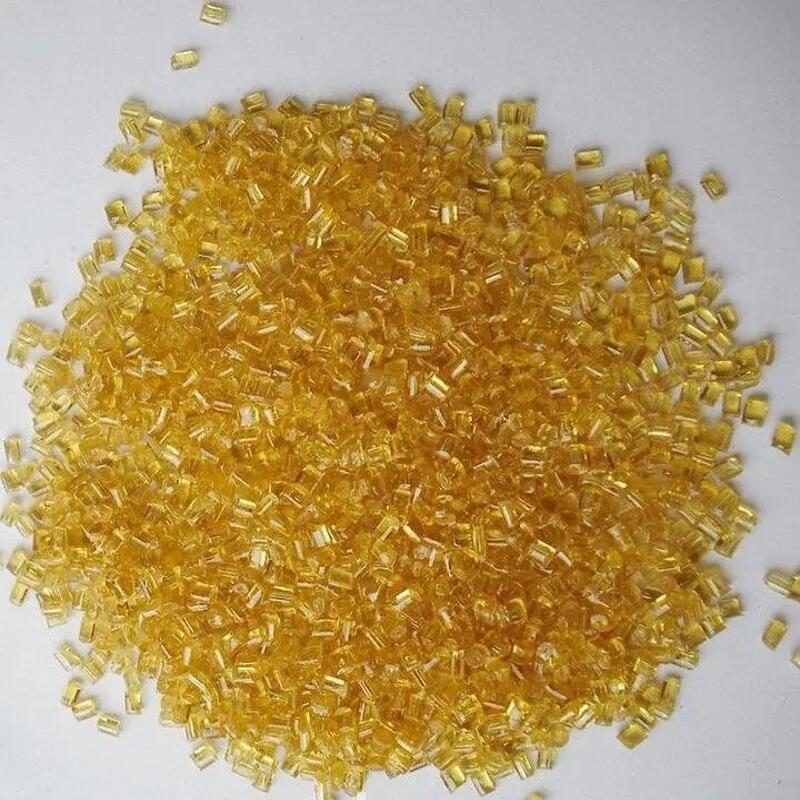-
Categories
-
Pharmaceutical Intermediates
-
Active Pharmaceutical Ingredients
-
Food Additives
- Industrial Coatings
- Agrochemicals
- Dyes and Pigments
- Surfactant
- Flavors and Fragrances
- Chemical Reagents
- Catalyst and Auxiliary
- Natural Products
- Inorganic Chemistry
-
Organic Chemistry
-
Biochemical Engineering
- Analytical Chemistry
-
Cosmetic Ingredient
- Water Treatment Chemical
-
Pharmaceutical Intermediates
Promotion
ECHEMI Mall
Wholesale
Weekly Price
Exhibition
News
-
Trade Service
"Plastic Ban" is here
Disposable plastic bags, plastic tableware, etc.
Has been gradually replaced by various biodegradable products
A large number of beverage stores have also begun to promote degradable straws
Milk tea stars don't have to endure anymore
"You can't make smoothies in summer, and you can't drink hot tea in winter"
paper straws
on all platforms
Products claiming to be "degradable" are dazzling
"Degrade in the natural environment", "No pollution", etc.
Green environmental protection slogans confuse many consumers
So what exactly is degradable plastic?
Degradable plastic refers to the degradation caused by the action of microorganisms existing in nature in nature such as soil, sand, freshwater environment, seawater environment, specific conditions such as composting conditions or anaerobic digestion conditions, and finally completely degraded into carbon dioxide or methane, Mineralized inorganic salts of water and its elements and plastics of new biomass (eg dead microorganisms, etc.
)
.
Degradable plastic refers to the degradation caused by the action of microorganisms existing in nature in nature such as soil, sand, freshwater environment, seawater environment, specific conditions such as composting conditions or anaerobic digestion conditions, and finally completely degraded into carbon dioxide or methane, Mineralized inorganic salts of water and its elements and plastics of new biomass (eg dead microorganisms, etc.
)
.
Degradable plastic refers to the degradation caused by the action of microorganisms existing in nature in nature such as soil, sand, freshwater environment, seawater environment, specific conditions such as composting conditions or anaerobic digestion conditions, and finally completely degraded into carbon dioxide or methane, Mineralized inorganic salts of water and its elements and plastics of new biomass (eg dead microorganisms, etc.
)
.
Degradable plastic refers to the degradation caused by the action of microorganisms existing in nature in nature such as soil, sand, freshwater environment, seawater environment, specific conditions such as composting conditions or anaerobic digestion conditions, and finally completely degraded into carbon dioxide or methane, Mineralized inorganic salts of water and its elements and plastics of new biomass (eg dead microorganisms, etc.
)
.
Degradable plastic refers to the degradation caused by the action of microorganisms existing in nature in nature such as soil, sand, freshwater environment, seawater environment, specific conditions such as composting conditions or anaerobic digestion conditions, and finally completely degraded into carbon dioxide or methane, Mineralized inorganic salts of water and its elements and plastics of new biomass (eg dead microorganisms, etc.
)
.
In September 2020, the "Guidelines for the Classification and Labeling of Degradable Plastic Products" issued by the China National Light Industry Federation stipulated that (1) the biodegradation rate of the products should not be less than 90%; (2) heavy metals and specific elements (lead, arsenic) , chromium, cobalt, cadmium, zinc, mercury, fluorine, etc.
) content needs to meet the standard requirements
.
Biodegradation rate: refers to the ratio of the amount of carbon dioxide produced by the actual degradation of the material to the amount of carbon dioxide produced theoretically
.
Ecotoxicity: After composting the degradable product, the compost must not negatively affect the growth of plants or the survival of animals such as small earthworms
.
Biodegradation rate: refers to the ratio of the amount of carbon dioxide produced by the actual degradation of the material to the amount of carbon dioxide produced theoretically
.
Ecotoxicity: After composting the degradable product, the compost must not negatively affect the growth of plants or the survival of animals such as small earthworms
.
Biodegradation rate: refers to the ratio of the amount of carbon dioxide produced by the actual degradation of the material to the amount of carbon dioxide produced theoretically
.
Ecotoxicity: After composting the degradable product, the compost must not negatively affect the growth of plants or the survival of animals such as small earthworms
.
Biodegradation rate: refers to the ratio of the amount of carbon dioxide produced by the actual degradation of the material to the amount of carbon dioxide produced theoretically
.
Ecotoxicity: After composting the degradable product, the compost must not negatively affect the growth of plants or the survival of animals such as small earthworms
.
Biodegradation rate: refers to the ratio of the amount of carbon dioxide produced by the actual degradation of the material to the amount of carbon dioxide produced theoretically
.
Ecotoxicity: After composting the degradable product, the compost must not negatively affect the growth of plants or the survival of animals such as small earthworms
.
How to be a mixed bag
How about removing the fake and keeping the real in "degradable" products?
First, look at the graphic logo
.
"Guide" stipulates that the graphic mark of degradable plastic products is "double J mark"
.
Second, look at the text logo
.
The text identification includes the material of the product, the degradation conditions and the product standard number
.
Product material: At present, the real biodegradable plastic materials on the market are usually polylactic acid (PLA), polyadipate/butylene terephthalate (PBAT) or PLA+PBAT+starch (St)
.
If the product material contains polypropylene (PP), polyethylene (PE), high density polyethylene (HDPE), please remove it directly from the shopping cart
.
Degradation conditions: Biodegradable products need to meet certain environmental conditions to achieve the degradation process
.
Therefore, manufacturers need to indicate the degradation conditions of the product, one or more of "soil degradable, compostable degradation, marine environmental degradation, freshwater environmental degradation, sludge digestion, and high solids digestion"
.
Product standard number: Common product standards include GB/T 38082-2019 "Biodegradable Plastic Shopping Bags", GB/T 18006.
3-2020 "General Technical Requirements for Disposable Degradable Tableware", GB/T 28018-2011 "Biodegradation" Plastic Garbage Bags,
etc.
Third, look at the price
.
Since the current biodegradable materials are in the early stage of industrial development, the existing industry is small and scattered, so the relative cost is relatively high
.
If you see biodegradable products on the market at the same price as ordinary plastics, or cheaper than ordinary plastics, then what you see is most likely not a biodegradable material
.







